Keith
Megaloblatta
The nymphs are bright yellow and the adults are lighter colored! Where are these found I have never seen this before? http://tuatera.com/foro/fichas-de-cria-de-presa-viva/cria-de-blaptica-dubia/
I have these pop up quite often in my colonies, though mine are more orange than yellow. At first I thought it was just nymphs that hadn't fully "hardened" after a molt. I'll try to find pictures of mine, but since the hard drive on my last comp fried, I don't have very many.The nymphs are bright yellow and the adults are lighter colored! Where are these found I have never seen this before? http://tuatera.com/foro/fichas-de-cria-de-presa-viva/cria-de-blaptica-dubia/
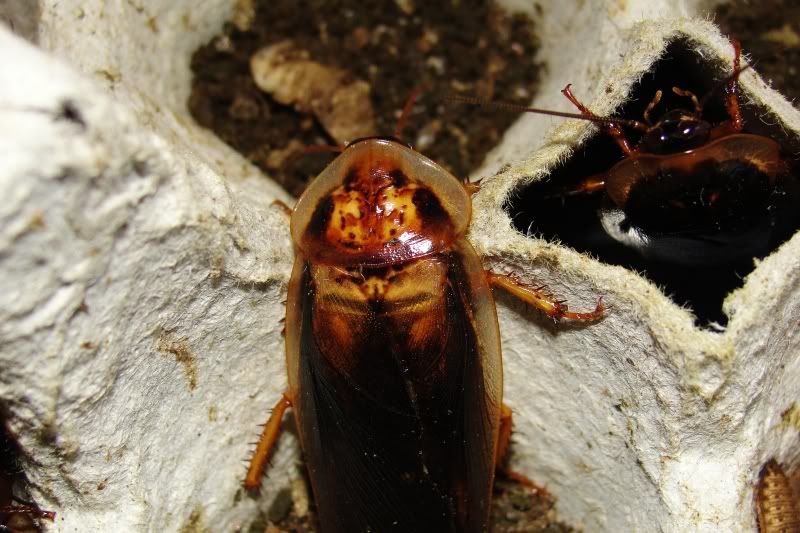
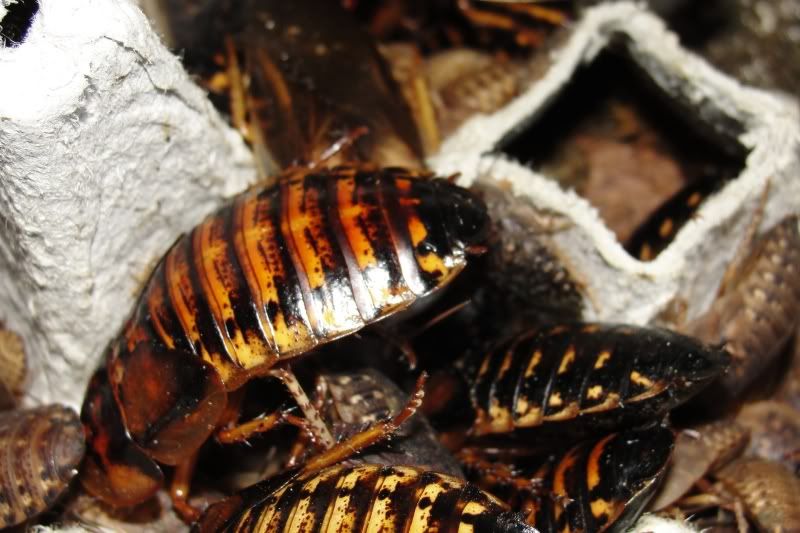
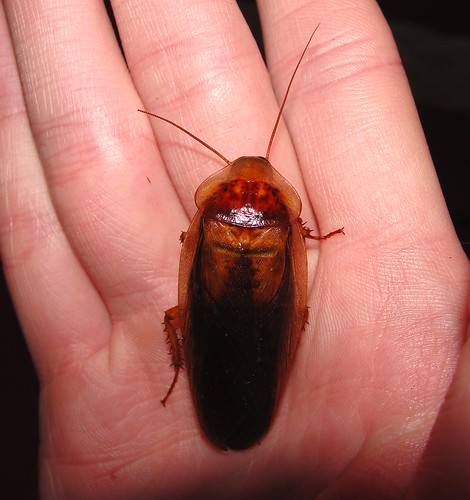
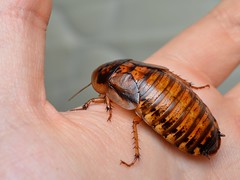
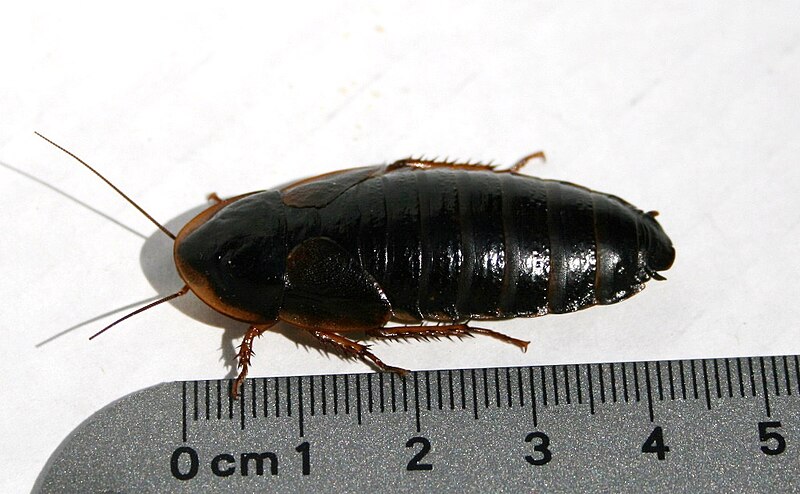
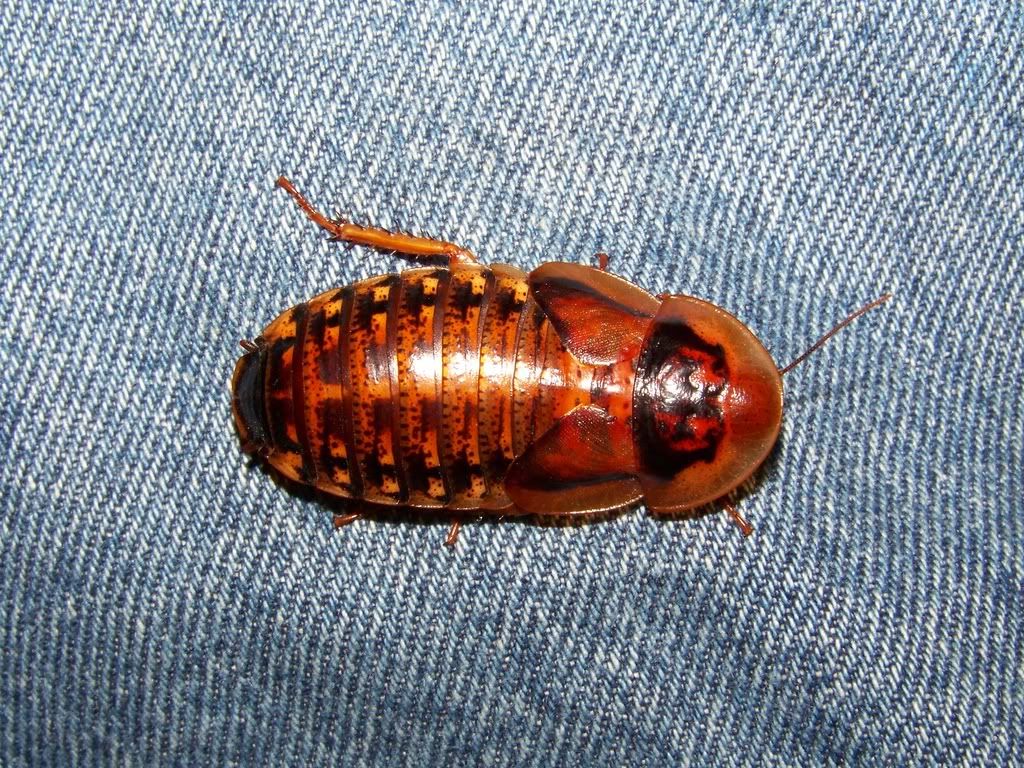
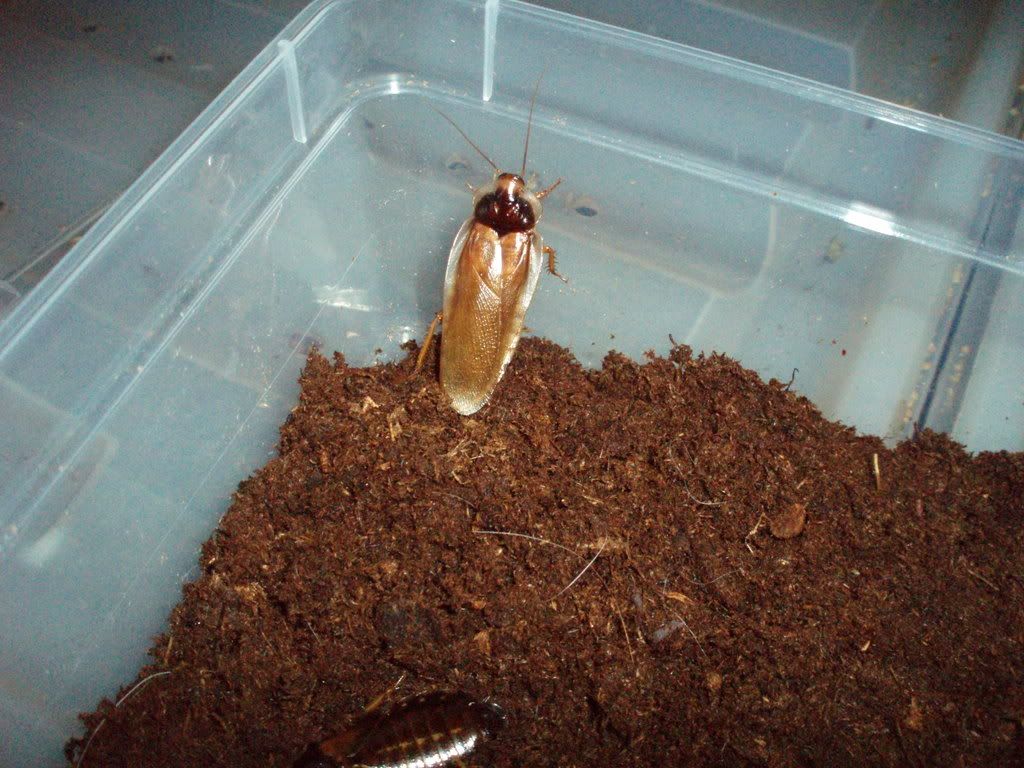
That sounds great, when you get a chance pictures would be great I love seeing all the cool colored roaches!I just separated a bunch (50-100) from my colony, plus the three most colorful females (with very prominent orange), and the brightest male I could find. I am sure some of the nymphs I gathered are just not finished molting, so I'll check on them in a couple days and put those ones back. I have no idea where they originated, I wanted as healthy a colony as I could get so I bought them from 4 different sources so I'd have genetic diversity.
I'll attempt to get a colony going with just these ones, and see what happens. No pics for now, since I seem to have forgotten my camera.
I'm pretty sure if it was diet related every roach would be light in color being they all are eating the same foods.It'll be interesting to see how this plays out. I wonder what the genetic details are like... We are pretty sure it's not diet-related right?
I asked about this on another forum and everyone thought it was just a rare occurrence especially living in the US, not Germany how does the US get German stock anyways? I'm still going to try and breed some myself I have one male like this.The nymphs are bright yellow and the adults are lighter colored! Where are these found I have never seen this before? http://tuatera.com/f...blaptica-dubia/
The New color dubia is not a sub species (i thought it was last year when i saw them for sale)but a color morp that has been isolated in Germany and is being bred for fun.
Everybody Loves Dubia
